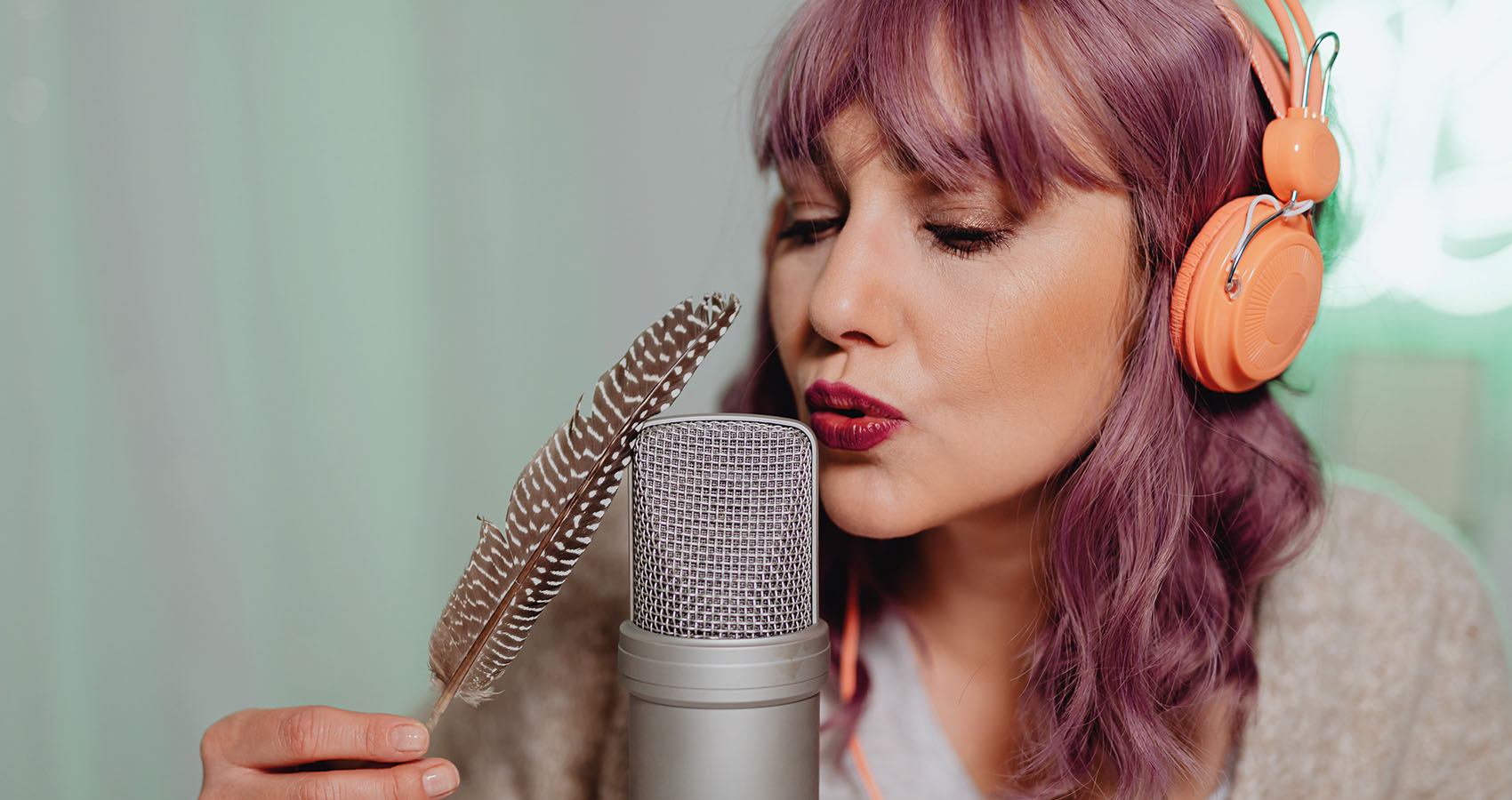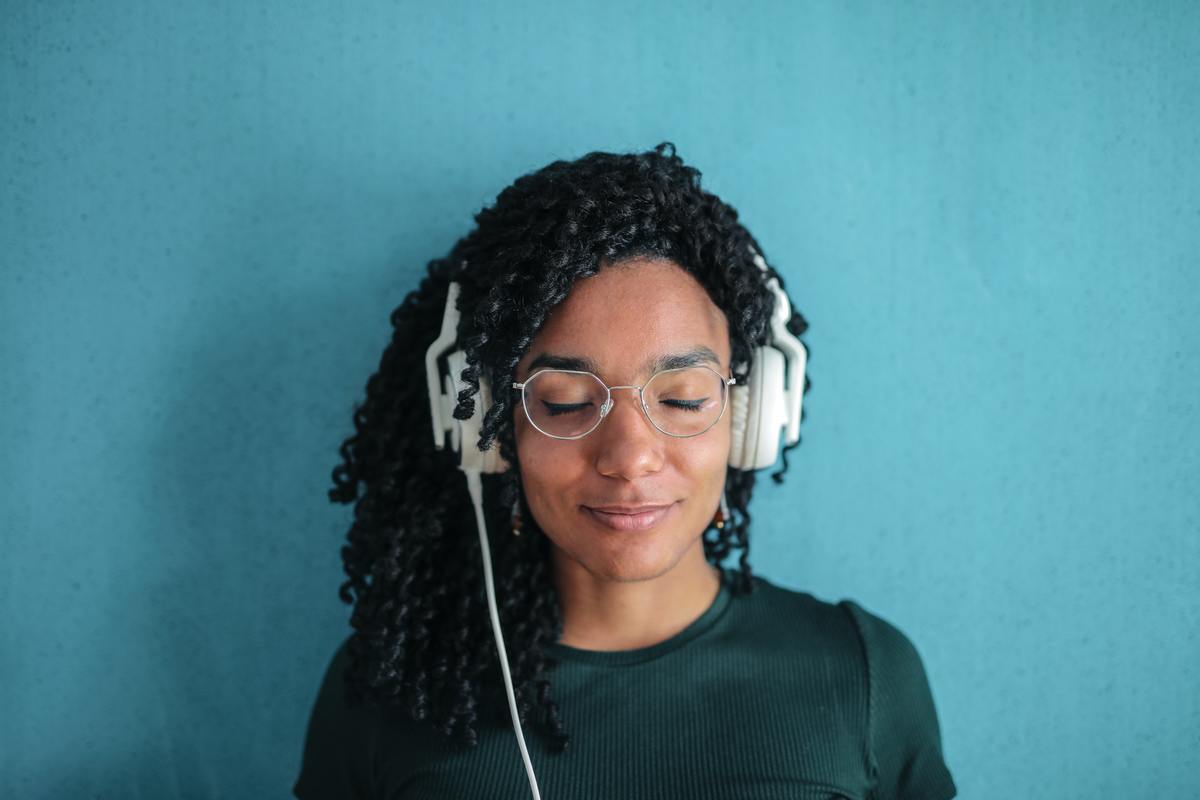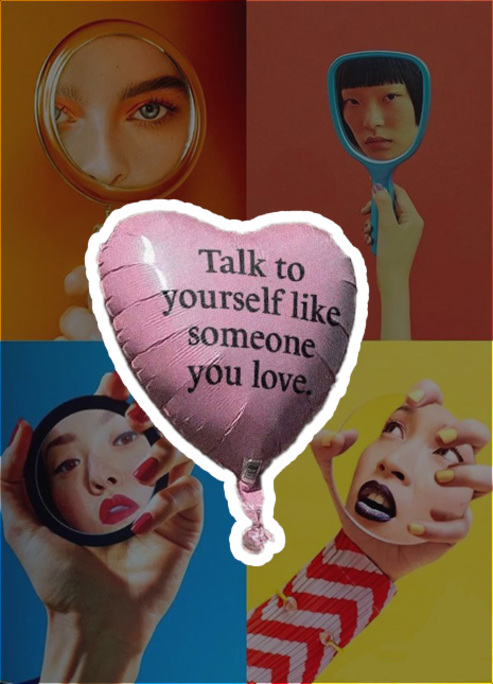
It’s All About ASMR
Time to kiss goodbye to stress and insomnia.
Unless you’ve been living under a rock, you’ve probably heard of ASMR. Standing for an autonomous sensory meridian response, the acronym designates a relaxation technique through visual and auditive sensations. Millions of people are looking for ASMR videos to alleviate headaches, relax, or fall asleep.
1. ASMR’s humble beginnings
Surprisingly, the term ASMR wasn’t coined by a scientist or healthcare specialist. In 2010, American IT consultant Jennifer Allen used it to refer to Chinese medicine's energy pathways (meridian) and each individual's reaction (autonomous) to external elements. Jennifer had been experiencing tingling for over a decade and was looking for an explanation for the phenomenon.
As she found few academic works on the subject, she turned to online fora hoping to discover people with similar experiences. On a thread named “Weird sensation feels good,” Jennifer joined a budding ASMR community. These exchanges on a small corner of the internet would soon expand into a cult following.
Although the term ASMR has only been in use for about a decade, audio and video that calms the heart rate and elicits sensations at the brain level have existed for much longer. Bob Ross, a painter, is regarded as one of the first ASMRtists.

2. Behind the term
ASMR defines as "a feeling of calm and pleasure often accompanied by a tingling sensation.” It occurs in response to certain stimuli and is sometimes compared to a brain orgasm.
The sensory meridian response is both a psychological and physical experience. It includes a tingling sensation on the scalp, neck, and spine. As a result, the listener feels relaxed.
ASMR stimuli can vary from one person to another. However, a 2015 study by British researchers Nick J. Davis and Emma L. Barratt identified four main triggers.
- Whispers: most ASMR users prefer to be whispered to. To achieve this, the speaker might use a soft voice to tell a story, or they might offer suggestions for how to calm down;
- Personal attention, just behind whispers, typically features a person performing a role-play, for instance, a hairdresser or a nurse;
- Crisp sounds like the friction against a scratchy surface, lips smacking, the gentle rustling of paper, or the quiet smacking of lips;
- Slow repetitive motions inspired by hypnosis, such as hand circles and hair brushing.
3. The benefits of ASMR
Research on ASMR and its positive impacts is not yet extensive, but the phenomenon has piqued the scientific community’s interest. Just like listening to soothing music can help you unwind, autonomic sensory meridian response (ASMR) technology can ease tension and improve the quality of your slumber. Likewise, focusing one's thoughts on an object or moving piece of music can also produce a pleasant emotional response. Dopamine, also known as the "happy hormone," is one of many hormones released into the bloodstream in response to experiencing pleasurable sensations.
ASMR has been shown to lift the spirits of depressed individuals momentarily. In addition, it can further reduce stress in conjunction with other relaxation techniques, such as mindfulness meditation or hypnosis.
4. ASMR channels recommendations
While an untrained eye might find ASMR videos boring or strange, the technique definitely has legions of fans. In fact, the term "ASMR" is among the most searched terms on YouTube. Popular ASMR channels boast millions of followers.
Whether general or themed, ASMR sequences usually display common traits. First, the creator always attempts to draw the audience in close. In a dimly lit setting, the camera frames the actor's upper body or hands. Finally, speaking videos involve the creator addressing the audience in a hushed tone.
Check these beloved ASMR tests:
- Gentle whispering
Maria Viktorovna from @GentleWhisperingASMR has been making ASMR videos for 12 years. She’s considered one of the pioneers of the genre.
A certified therapist, Maria is no stranger to providing personal attention to customers. Her life experiences proved helpful in her online video channel. Viewers regularly flock to the channel for soft-spoken videos.
- Gibi
Gibi is one of ASMR’s top creators. Helmed by 28-year-old Gina, the channel’s most-viewed video is a doctor role-play clocking at over 51 million views. Another testimony of her popularity? Gibi was commissioned by music label Universal to record an ASMR cover of singer Billie Eilish’s chart-topping album When We All Fall Asleep, Where Do We Go?
- ASMRzeitgeist
Michael Richter of @asmrzeitgeist is famed for his innovative sounds. Always willing to experiment with new stimuli, the german creator focuses on high-quality sounds.
- ASMR Bakery
This channel has a no-talking policy. However, the creator seems to have an endless supply of ideas to create clear sounds: from rhinestones, clay, and wooden keyboards to scissors, ASMR Bakery will spare no effort to elicit a response from her viewers. Judging by her 1.5 million followers, she’s clearly succeeding.
- EPIC No Worries
A smaller channel, Chinese Epic No worries, uses handwriting strokes to help viewers decompress. Besides, the creator offers tailored videos to those interested.
These are just a sample of the wide range of ASMR channels on Youtube. You can also find creators on Spotify.











